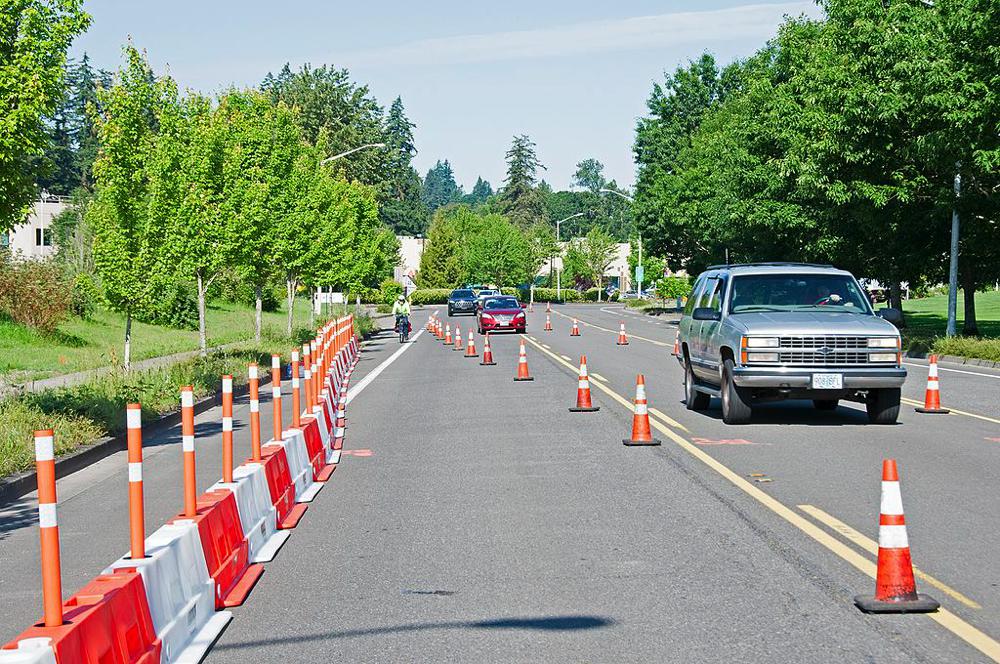Instructions:
Select ‘yes’ or ‘no’ to indicate whether this crash occurred in a work zone.
Definition:
Indicating a crash that occurs in or related to a construction, maintenance, or utility work zone, identified by warning signs/signals/indicators, including those on transport devices (e.g. signs, flashing lights, channelizing devices, barriers, pavement markings, flagmen, warning signs and arrow boards mounted on the vehicles in a mobile maintenance activity), whether or not workers were actually present at the time of the crash. A work zone extends from the first warning sign, signal or flashing lights to the END ROAD WORK sign or the last traffic control device pertinent for that work activity. Work zones also include roadway sections where there is ongoing, moving (mobile) work activity such as lane line painting or roadside mowing only if the beginning of the work activity is designated by warning signs or signals.
Work Zone Related crashes may also include those involving motor vehicles slowed or stopped because of the work zone, even if the first harmful event occurred before the first warning sign.
Rationale:
This element is important for assessing the impact on traffic safety of various types of on-highway work activity, to evaluate Traffic Control Plans used at work zones, and to make adjustments to the Traffic Control Plans for the safety of workers and the traveling public. This data element needs to be collected at the scene because work zones are relatively temporary or involve moving operations that are not recorded in permanent road inventory files.
FAQ
Does a crash that occurs in a work zone count as a Work Zone Related crash, even if it wasn’t caused by the work zone?
Yes. If it occurs in a work zone, then it’s considered a Work Zone Related crash.
Accuracy Checks
- If Work Zone Related Code is ‘yes’, Road Contributing Circumstances must be coded as a ‘work zone’.



